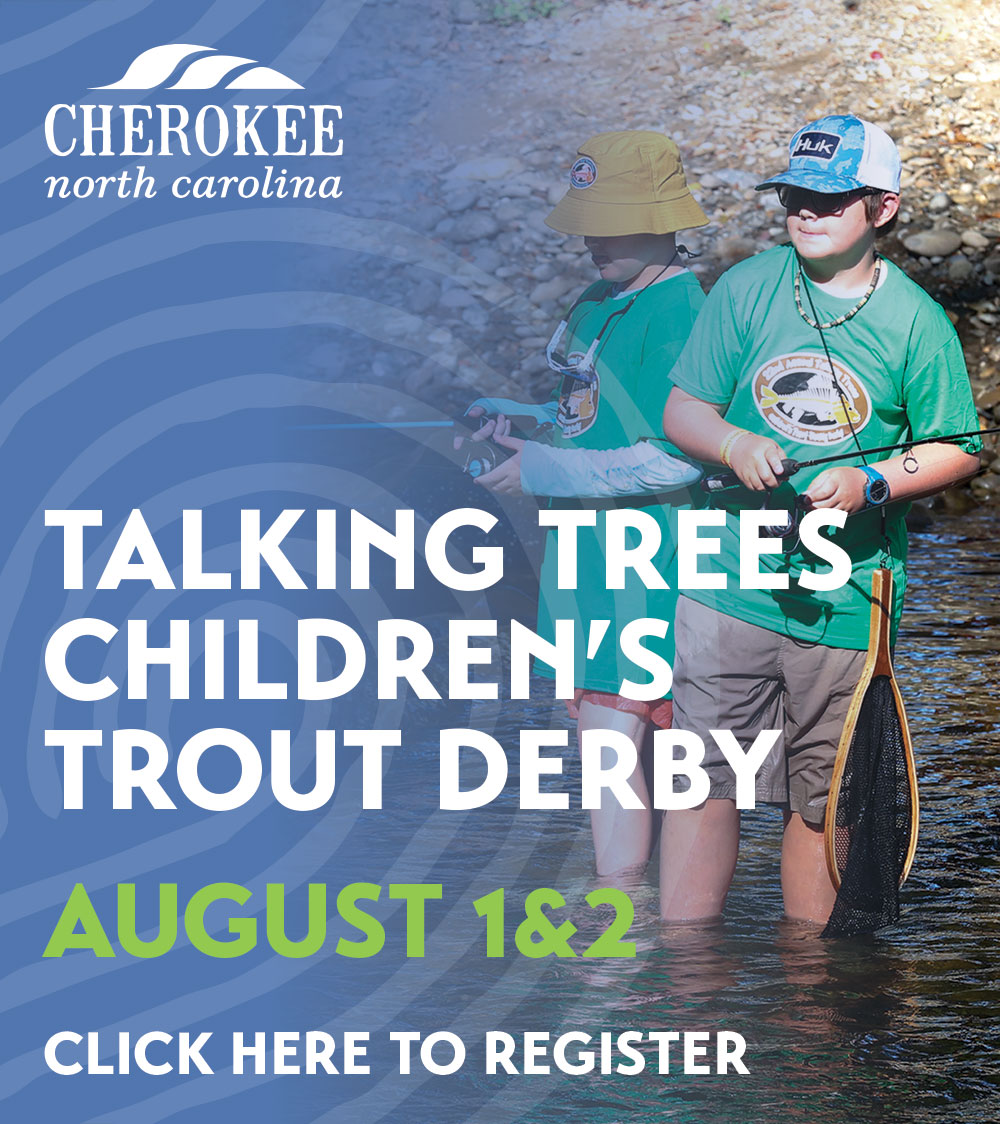By ROBERT JUMPER
ONE FEATHER EDITOR
Iam impressed. Have you been watching the work of the EBCI Communications program? They are the ones who are hard at work behind the scenes on much of the audio and video content now running on Channel 28 at our local cable company. Programming consists of all Tribal Council sessions, messages from the Executive Offices, tribal program messages, and their governmental talk show called “Cherokee Now.”
The program staff is responsible for creative concepts and bringing those concepts to life for the “Cherokee Now” show. From writing to casting to production and broadcasting on various mediums, the program is bringing community awareness to several important issues, like disease mitigation and governmental efforts to combat opioid abuse, business development classes, and much more.
In addition to “Cherokee Now”, Communications produces several informational pieces for programs like Cherokee Choices. One is a cooking show featuring healthy, and traditional, foods. Tribal treasure Onita Bush was featured on a segment explaining how to prepare Yellowroot and Sassafras teas. Onita, at one point, tells her audience that raw Sassafras smells like root beer. Not necessarily Sassafras tea, but I love the smell and taste of a good, frosty mug of A&W or Barq’s. For public access programming, Communications and the associated programs do a great job of public relations for these governmental entities.
At the head of the Communications group is Chris McCoy, who serves not only as the director for that group but is serving as interim head of Destination Marketing. He hosts “Cherokee Now”, the show that he created. Chris has readily admitted that he is more comfortable being behind the camera rather than in front of it, but you would not be able to tell that from his performance on the episodes that he hosts. Chris is ideally suited to the task of leading his guests to share their stories and show the essential public facts about their services.
Some powerful moments occur on these programs, particularly the “Cherokee Now” program, that tribal members should be interested in and deserve your attention. One episode gave a very detailed explanation of the needle exchange program; another focuses on the opportunities and challenges of an LGTBQ group recently started on the Boundary. The show introduces new service providers to the community, like Dr. Omlor, the new chief optometrist at the Cherokee Indian Hospital.
One of the burning questions I had for Chris was where he got the theme music for the “Cherokee Now” show. While it is distinctively Native, it is not your typical traditional Cherokee sound. He advises that the song from A Tribe Called Red, titled “Electric Pow Wow.” ATCR represents itself as a “Canadian DJ collective.” The way Chris responded to this question gives you some insight into his mindset on projects. When I questioned him about the song, he immediately offered that he would love to work with a local, Cherokee artist(s) for theme music, if anyone is interested. He is an advocate of “group think”.
When you try to compliment him on his work, he will immediately point to his team and tell you that it is a group effort. Even when he is interviewing and asking tough or provocative questions, he tends to be supportive and affirm the guest.
During the annual tribal employee Christmas gathering, the Communications team was charged with putting together the program to entertain a group of nearly a thousand guests. From game shows to singing contests, the Communications program worked with the Executive Office to provide one of the most entertaining employee events that I have attended while working with the tribe. The employees were engaged and happy.
I am glad to say that Chris is in an up and coming group of young professionals who embrace the team concept and leverage the talents of tribal staff to provide the best services to the members of the Eastern Band of Cherokee Indians. Public relations and promotions are often overlooked by many governments. These areas are important drivers in internal morale and public perception. So, thank you to the Communications team for doing an excellent job of contributing to the education and presenting an uplifting message to all of us who desperately need it.
This team’s work is just one example of the quality of leadership being exhibited within our Tribe. I challenge you all to highlight your experiences with the various program teams that make up the tribal government and its entities.
You may watch episodes of the show on Channel 28, and you can find it on Facebook. If you are a tribal entity, community member, or business owner that has an exciting story for Cherokee Now, give Chris a call. He is at 828-359-7018.
On a personal note, it is with great regret that I must inform you that our coworker at the One Feather, Joe Martin, has chosen to leave the paper. Joe’s work with the Cherokee One Feather is legendary. In his previous employment with paper, he was a great editor and fierce champion of a free press for the Cherokee people. In his second life at the One Feather, Joe has been gracious with his support and just as fierce an advocate for the community as he ever was “back in the day.” He has promised to stay connected with us. He is always a welcome contributor. I wish him all the best, and he will be missed.





